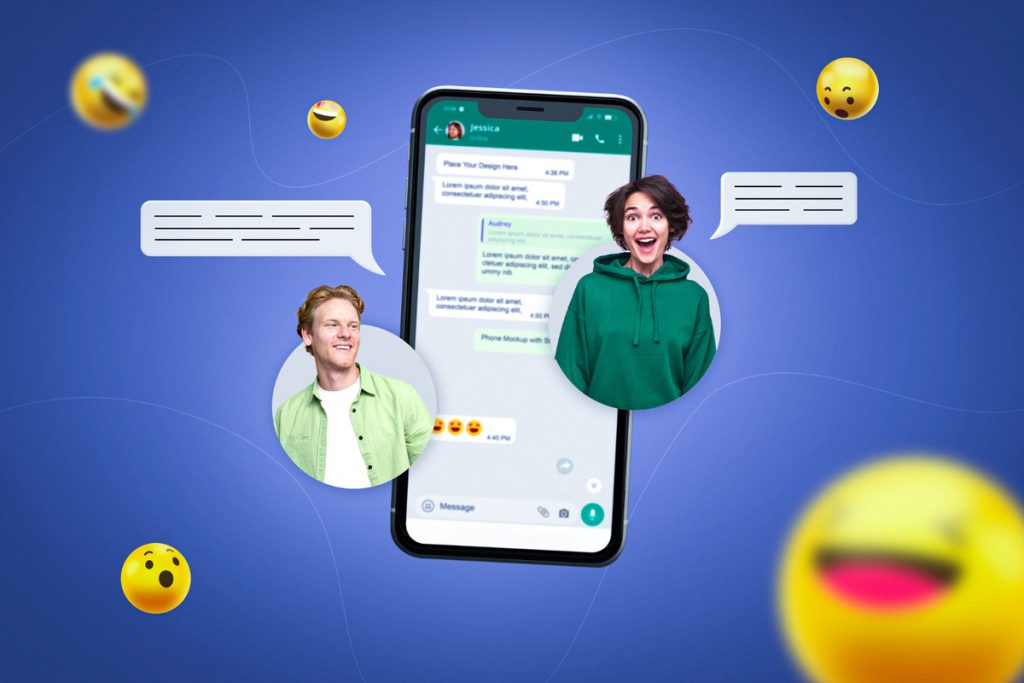In today’s digital landscape, WhatsApp has become a pivotal platform for businesses aiming to connect directly with their audience. However, despite its vast user base and potential for engagement, many businesses struggle to achieve the desired results from their WhatsApp marketing efforts. Understanding the reasons behind these failures is crucial for refining strategies and maximising the platform’s effectiveness.
Let’s delve deeper into each of the top seven reasons why your WhatsApp marketing might be falling short and explore actionable insights to overcome these challenges.
Table of Contents

With over 2 billion users globally, WhatsApp’s appeal lies in its immediacy and widespread usage across demographics. Yet, converting this massive user base into meaningful business outcomes requires a strategic approach that addresses common pitfalls.
1. Lack of Clear Objective Setting
One of the primary reasons WhatsApp marketing efforts fail is the absence of clear objectives. Without defined goals, businesses struggle to create targeted content and measure success effectively. This lack of direction can lead to aimless messaging that fails to resonate with or convert potential leads.
To maximise the effectiveness of your WhatsApp campaigns, start by defining specific goals. Clearly outline what you aim to achieve, whether it’s increasing brand awareness, driving website traffic, generating leads, or boosting sales. Ensure these goals align with the various stages of the marketing funnel, tailoring your objectives to each stage—awareness, interest, desire, and action. For instance, focus on engagement and education in the early stages before moving to conversion-oriented messages as prospects progress through the funnel.
Additionally, measure the success of your campaigns using metrics such as click-through rates, conversion rates, and customer acquisition costs. These metrics will help you evaluate how well your campaigns perform against your defined objectives.
2. Failure to Segment Your Audience
Audience segmentation is critical for delivering relevant messages that resonate with different segments of your audience. Failing to segment leads to generic messaging that may not address the specific needs or interests of your diverse customer base.
To enhance the impact of your WhatsApp campaigns, start by segmenting your audience based on criteria such as demographics, behaviour, preferences, and their position in the buying journey, distinguishing between cold and warm leads. Craft personalised messages that address the specific concerns, interests, or pain points of each segment.
Other than that, you can leverage automation tools to streamline your messaging while maintaining a personal touch. For example, you can send targeted promotions based on previous interactions or purchase history, ensuring that your communications remain relevant and engaging for each recipient.
3. Inadequate Lead Generation Strategies
Successful WhatsApp marketing begins with building a quality subscriber base. Simply adding contacts without their consent or spamming them with irrelevant content leads to high opt-out rates and damages your brand’s reputation.
To effectively build your WhatsApp contact list, start by implementing clear opt-in mechanisms on your website, social media profiles, and other touchpoints to gather consented contacts. Encourage users to subscribe to your WhatsApp updates by offering incentives such as exclusive content, discounts, or early access.
You should also practice permission-based marketing by respecting user privacy and adhering to the General Data Protection Regulation (GDPR) and other data protection regulations. This approach helps build trust with your audience and ensures compliance with legal standards.

4. Insufficient Engagement and Relationship Building
WhatsApp is a personal messaging platform where users expect genuine interactions. Failing to engage with valuable content or timely responses diminishes user interest and reduces the likelihood of conversion.
Develop a robust content strategy for your WhatsApp campaigns by sharing informative articles, tips, tutorials, or industry insights that add value to your audience’s lives or businesses. Take advantage of WhatsApp’s multimedia capabilities, including images, videos, voice messages, and status updates, to create engaging and dynamic content. You should ensure prompt responses to customer queries, feedback, or inquiries to foster a sense of trust and reliability, enhancing customer satisfaction and loyalty.
5. Premature Sales Offers
Pushing sales too early in the customer journey can alienate potential leads. WhatsApp marketing should focus on nurturing leads through informative content and building trust before presenting sales offers.
Utilise WhatsApp to educate leads about your products or services by sharing demos, case studies, or customer testimonials. Once you’ve established rapport and addressed customer needs, gradually introduce soft calls-to-action to guide them towards making a purchase.
You can reward your WhatsApp subscribers for their loyalty and engagement by offering exclusive deals, discounts, or promotions, creating a sense of exclusivity and enhancing customer retention.
6. Overuse of Automation and Spamming
While automation can streamline communication, overuse can lead to spamming and a negative user experience. Automated messages should enhance rather than detract from the personal touch of WhatsApp interactions.
Maintain a balanced approach to message frequency, avoiding the risk of overwhelming your audience with frequent, repetitive messages. It is important to provide clear opt-out options and respect user preferences to build trust and ensure compliance with messaging regulations, fostering a positive and respectful relationship with your audience.
7. Ignoring Analytics and Optimisation
Effective WhatsApp marketing requires continuous monitoring and optimisation based on data-driven insights. Ignoring analytics prevents businesses from understanding what works and what doesn’t, hindering their ability to improve campaign performance over time.
Monitor the performance of your WhatsApp campaigns by tracking key metrics such as open rates, click-through rates, conversion rates, and ROI. Conduct A/B testing to experiment with various message formats, timings, calls-to-action, and segmentation strategies, allowing you to identify the most effective approaches.
You should practice regularly reviewing analytics data to refine your marketing strategy, optimise campaigns, and adapt to changing market dynamics, ensuring continuous improvement and sustained success.

Conclusion
Successfully leveraging WhatsApp for marketing requires a strategic approach that addresses the nuances of the platform and user expectations. By setting clear objectives, segmenting your audience, nurturing leads with engaging content, and avoiding common pitfalls like premature sales offers and spamming, businesses can enhance engagement, build lasting relationships, and drive conversions effectively.
Continuous monitoring of performance metrics and iterative optimisation based on data insights will further strengthen your WhatsApp marketing efforts and deliver sustainable business growth.
For further guidance and support, explore our articles below to enhance your WhatsApp marketing efforts and drive sustainable business growth:
- 8 WhatsApp Marketing Strategies for Business Success
- Unleashing the Power of WhatsApp Marketing Features and Benefits
- Your Ultimate Guide to WhatsApp Marketing in Malaysia (Pricing Included)
- Why Does WhatsApp Outshine SMS and Other Remarketing Tools?
- Maximising Outreach: 10 Key Features of WhatsApp Blasting Software
- How Businesses Integrate WhatsApp into Their Sales Funnels






